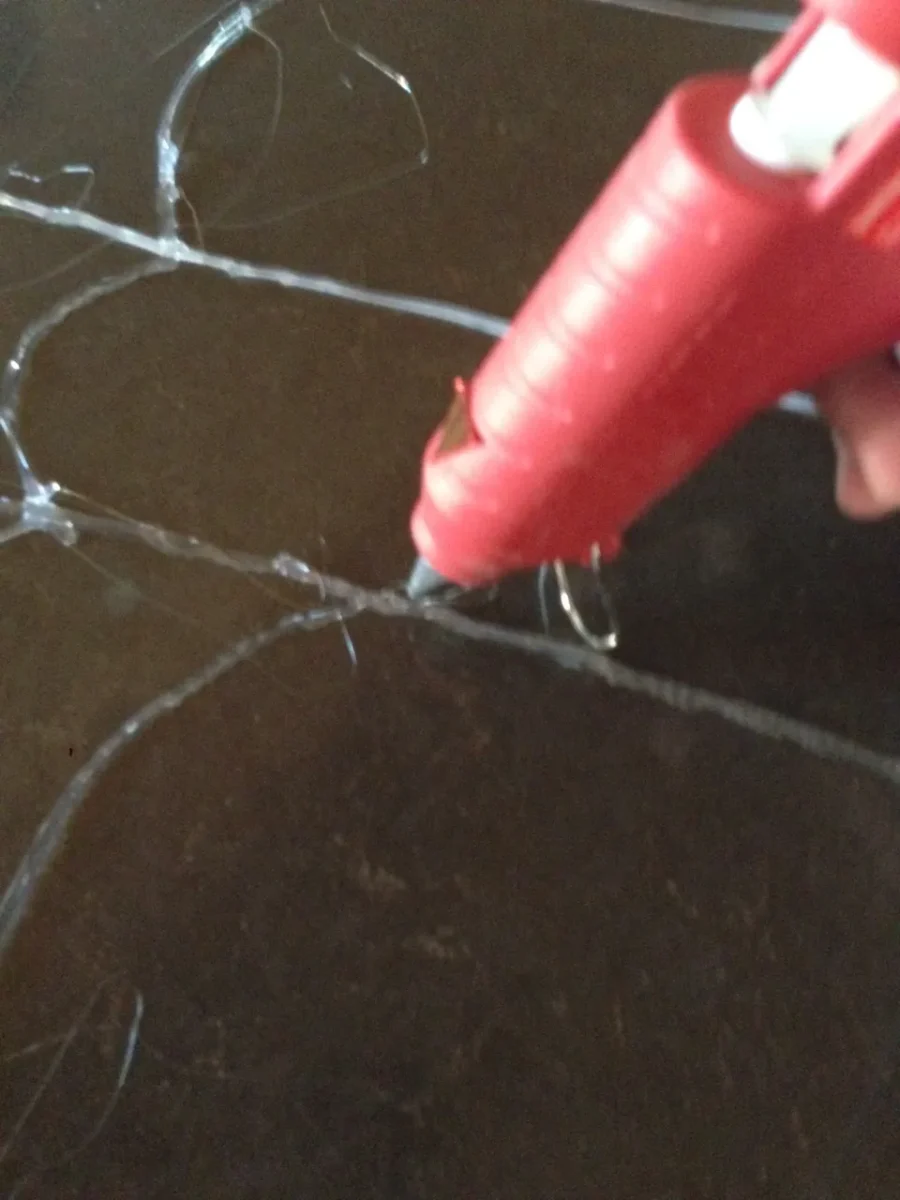Imagine walking into a room where the floor tells a story of timeless elegance and rustic charm. That’s the magic of brick flooring. Whether you’re renovating your home or designing a new space, brick flooring offers a unique blend of durability and aesthetic appeal that’s hard to beat.
Benefits of Brick Flooring
Brick flooring offers numerous benefits.
Durability and Longevity
Brick flooring is incredibly durable. It resists heavy foot traffic, making it ideal for busy areas. Unlike wood or vinyl, brick doesn’t easily show scratches. It withstands moisture without warping or rotting. Properly installed, brick flooring can last for decades, requiring minimal maintenance.

Natural Insulation Properties
Brick has excellent natural insulation properties. It maintains cool temperatures in summer. In winter, it retains heat, reducing heating costs. This makes your home more energy-efficient. Additionally, brick flooring provides sound insulation, creating a quieter environment.
Design Options With Brick Flooring
Patterns and Layouts
You can choose from various patterns and layouts to suit your space’s style. Consider options like herringbone, basketweave, and running bond. Herringbone creates a dynamic look, basketweave adds texture, and running bond gives a classic feel. These patterns enhance the visual appeal and match your design preferences.
Color Variations
You have many color options with brick flooring, offering a wide range of aesthetics. Options include traditional reds, rich browns, and neutral grays. Reds provide a warm, rustic charm, browns add depth and sophistication, and grays offer a modern, sleek look. These variations allow you to customize your space’s color palette seamlessly.
Installation Process of Brick Flooring
Installing brick flooring involves careful planning and execution. Preparation is crucial to achieve a durable and visually appealing floor.
Preparation and Materials Needed
Gather these materials before starting:
- Brick pavers (sufficient for coverage plus 10% extra)
- Sand or mortar for the base
- Tile saw or wet saw for cutting bricks
- Trowel for spreading mortar
- Spacers to keep bricks evenly spaced
- Level to ensure a flat surface
- Grout for filling joints
Ensure the subfloor is clean and level.
- Prepare Subfloor: Clean and level the subfloor. Fill any gaps or cracks.
- Lay Base Layer: Spread a 1-inch layer of sand or mortar.
- Plan Layout: Dry lay the bricks to plan the design pattern, such as herringbone or running bond.
- Cut Bricks: Use a tile saw for precise cuts to fit edges and corners.
- Spread Adhesive: Apply mortar to a small section of the base. Use a trowel to create even grooves.
- Lay Bricks: Place bricks firmly into the mortar. Use spacers for uniform gaps.
- Level Bricks: Check each brick with a level. Adjust by adding or removing mortar.
- Fill Joints: Once all bricks are laid, remove spacers and fill gaps with grout.
- Clean Surface: Wipe off excess grout and mortar with a damp sponge.
Allow the floor to cure for at least 48 hours before use.
Maintenance and Care for Brick Flooring
Brick flooring offers durability and elegance, but it needs proper maintenance to keep its beauty intact.
Cleaning Techniques
Sweep or vacuum your brick floor regularly to remove debris. Use a mop with warm water and mild detergent for deeper cleaning. Avoid acidic cleaners; they can damage the brick. Dry the floor with a clean, absorbent cloth to prevent water stains.
Repair and Replacement Tips
Inspect your brick flooring for cracks or loose bricks periodically. Replace damaged bricks by removing the old mortar with a chisel and fitting a new brick in its place. Reapply mortar and let it cure for at least 48 hours. Seal the brick floor every few years for added protection against stains and moisture.
Cost Analysis of Brick Flooring
Brick flooring combines durability and aesthetic appeal, but it’s important to analyze its cost implications.
Initial Installation Costs
« Bowflex Max Trainer M Review: The Ultimate Home Workout Machine or Overpriced Hype?
Inside the Mind of Brigette Romanek: An Exclusive Interview with the Celebrity Designer »
Installing brick flooring involves several expenses. On average, bricks cost between $5 and $10 per square foot. Labor costs range from $7 to $15 per square foot. Additional costs include mortar and grout, usually adding $1 to $3 per square foot. Tools and equipment might cost another $100 to $300 if not already owned. These initial costs can vary based on brick type and installation complexity.
Long-Term Value and Cost-Effectiveness
Brick flooring offers significant long-term value due to its durability and low maintenance. With proper care, it can last over 50 years, making it cost-effective. Maintenance costs are minimal, mainly involving periodic sealing, which costs $0.50 to $1 per square foot every few years. Brick’s energy-efficient properties can reduce heating and cooling costs, further enhancing its value over time.
Investing in brick flooring means upfront costs, but you gain longevity, low maintenance, and potential energy savings.
Conclusion
Choosing brick flooring means you’re investing in a long-lasting and stylish option for your home. Its durability and energy-efficient properties make it a practical choice, while the variety of design patterns and color options let you customize your space to your liking.
The installation process, though detailed, ensures a sturdy and beautiful floor that stands the test of time. And with proper maintenance, your brick flooring will continue to look great and perform well for years to come.
Though the initial costs might seem high, the long-term benefits and savings make brick flooring a smart investment. So, if you’re looking for a flooring option that combines elegance, durability, and cost-effectiveness, brick flooring could be the perfect choice for you.











